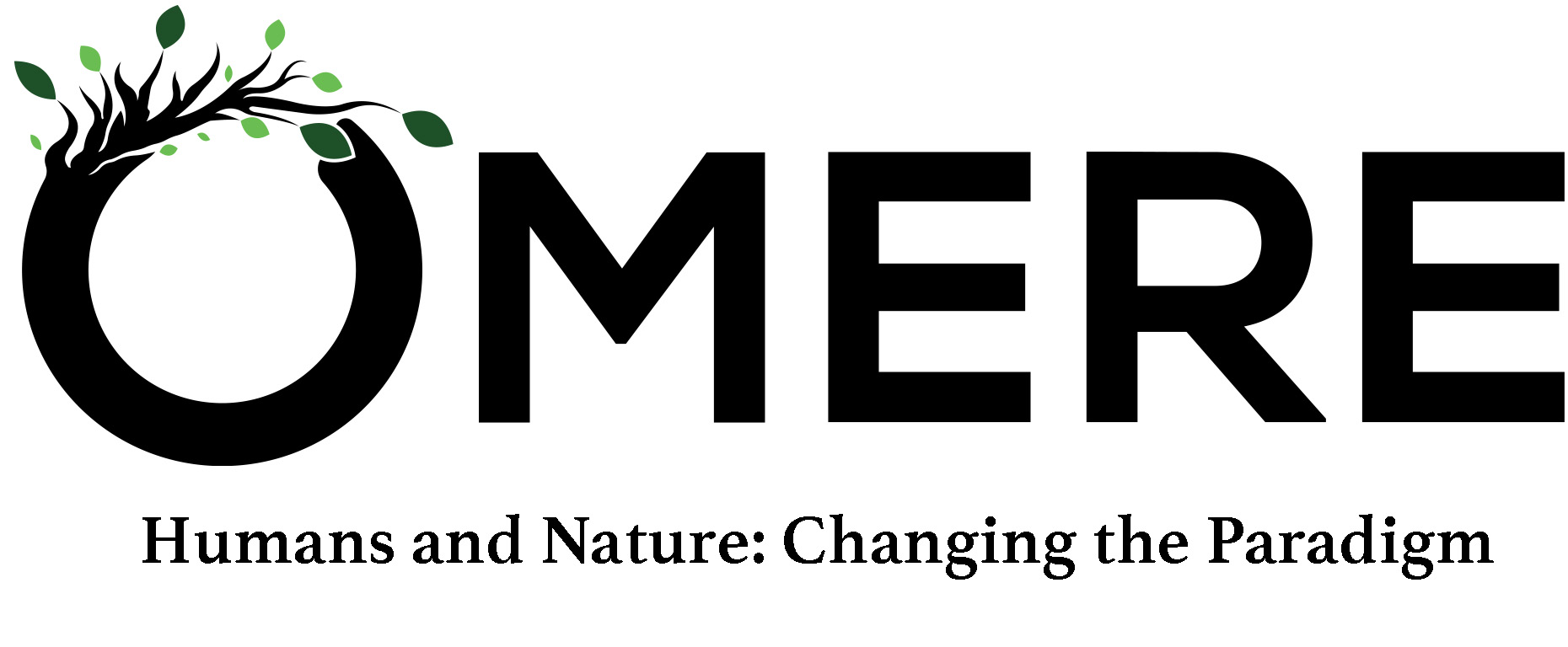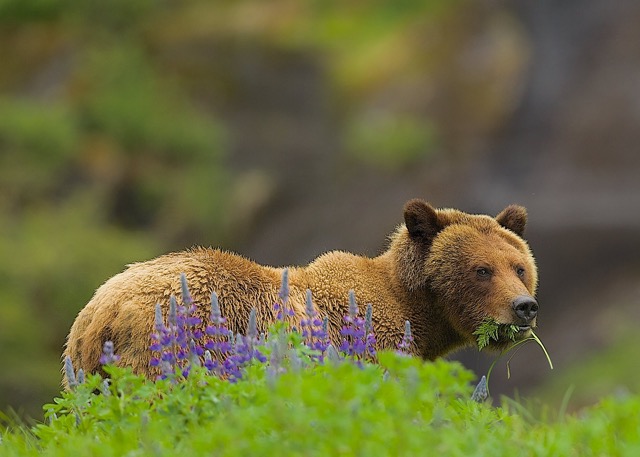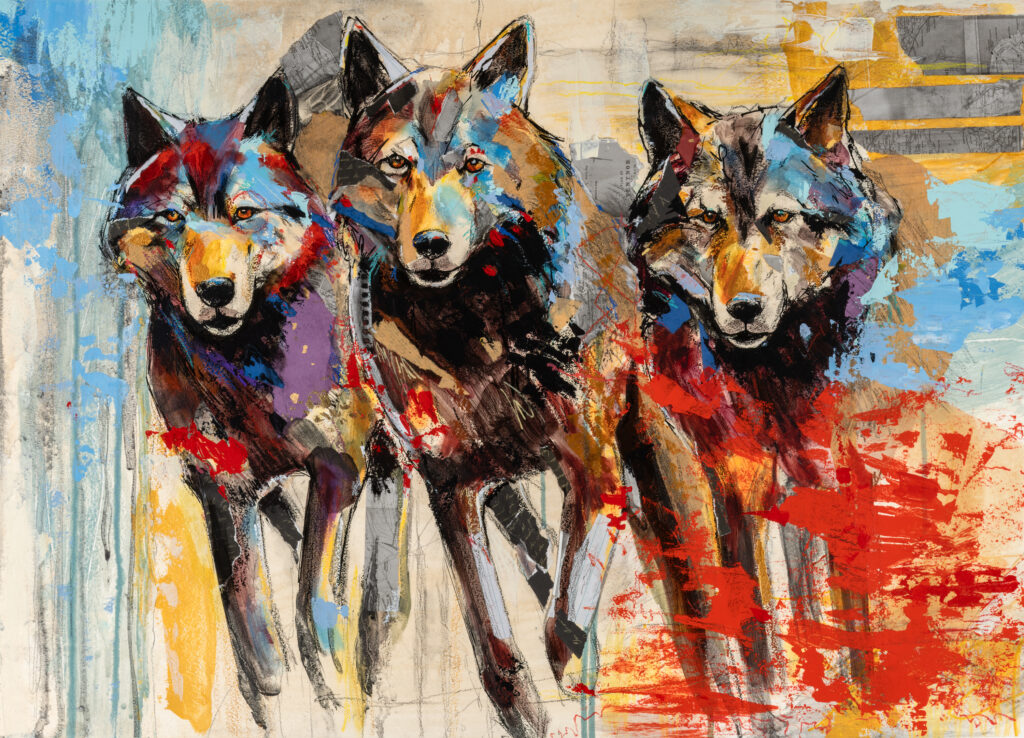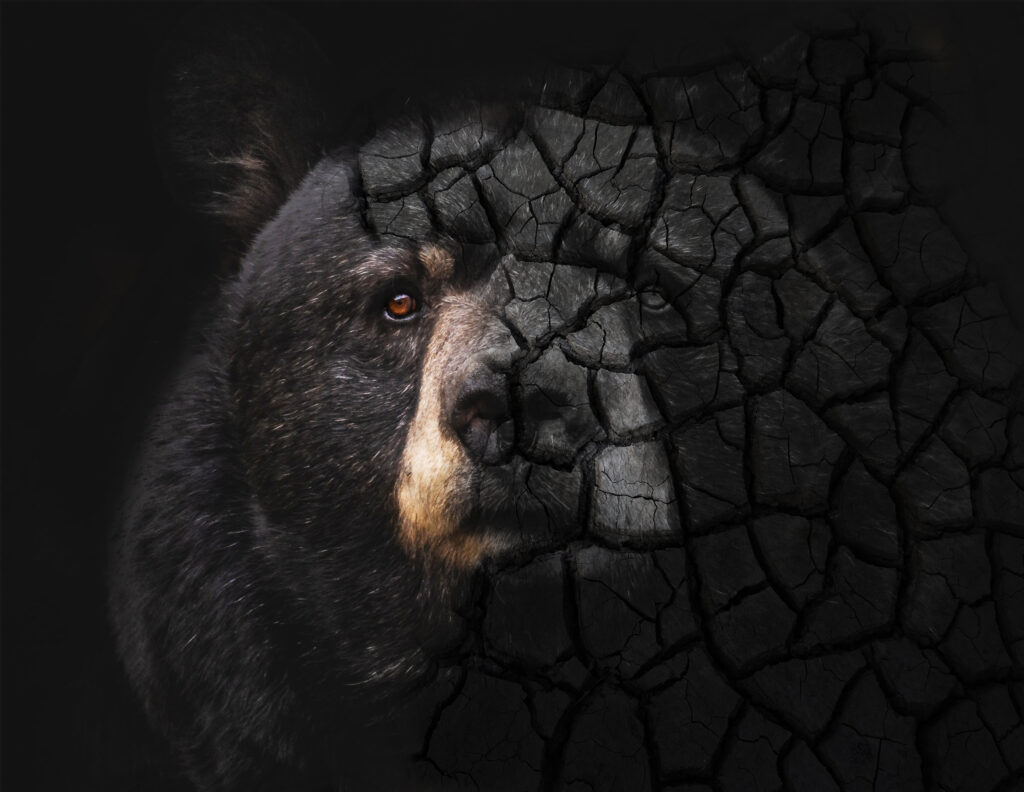Photo credit: www.oceanadventures.bc.ca
People from all walks of life, including a substantial number of hunters, are increasingly determined to question conservation practices they view as morally problematic. Trophy hunting is one of the most repulsive examples of these practices.
…
A grizzly bear waded through the shallow water towards a rocky riverbank. It was still early and the awakened mist was now lazily rising from the ground. After he made it to the other side, the bear sat on the edge of the river and watched the rays of the dawning sun cut through the transparent veil. The forest was silent, almost uneventful. A sudden chirping of a little bird — strangely agitated and buried deep in the foliage — caught the bear’s interest. With water still dripping from his glistening paws, he turned around to sniff the chilly, morning air.
…Through the trees, it came; the first bullet. It pierced the bear’s lung. The second one came soon after and it went straight through the beating heart. “Right on target”, as they say. Yet, in a strange way — peppered with bullets, his fur stained with blood — the bear sat there looking at the sun-lit treetops, as if still searching for the bird’s elusive sound.
Merciless snuffing out of a living, breathing life, all done for a fleeting joy of securing a trophy. The grizzly’s still warm body is crudely dismembered; the bear’s head, paws and hide are taken from the forest, while the rest is left to rot. The head will later be hung on a wall or a rug might be thrown on a floor. Some hunters prefer, though, to have a whole grizzly bear displayed in a living room to accompany their adventure anecdotes. In those cases, a bear is stuffed with straw and sawdust and then expertly shaped into a ferocious posture by a taxidermist.
Science justifies it all. It sanctions draining the richness of the life of its beauty and repackaging it into a disposable furnishing ornament. The Scientific Review of Grizzly Bear Harvest Management System in B.C. states that the management of grizzly bears has “attained a high level of rigour with a solid scientific underpinning.” Consequently, there are no reasons not to carry on with ‘harvesting’ 300 bears per year out of the supposedly sustainable population of 15, 000. Hunting down 300 grizzlies per year should remain legal, and whatever misgivings one might have about the very act of killing are laid to rest by framing the whole conversation in the bloodless management nomenclature of ‘surplus’ and ‘harvest.
For the B.C. government and pro-hunting groups, only those arguments that reflect the conveniently defined ‘best available science’ warrant consideration. The authors of the review state that “the intent of this report is not to address the benefits or ethics of grizzly bear harvest but rather to review and reassess the management procedures used in BC in terms of whether it adequately safeguards the species.” The Grizzly Bear Management in British Columbia report prepared by Guide Outfitters Association of British Columbia Canada (GOABC) in 2016 also states that “while societal values are certainly relevant, care must be taken to ensure that debates about grizzly bear management are pursued on a course of knowledge… the most independent and reliable knowledge comes from wildlife science…” In other words, the B.C. government and pro-hunting groups make it clear that they don’t want issues related to ethics and morality to be part of the discussion about the grizzly trophy hunt.
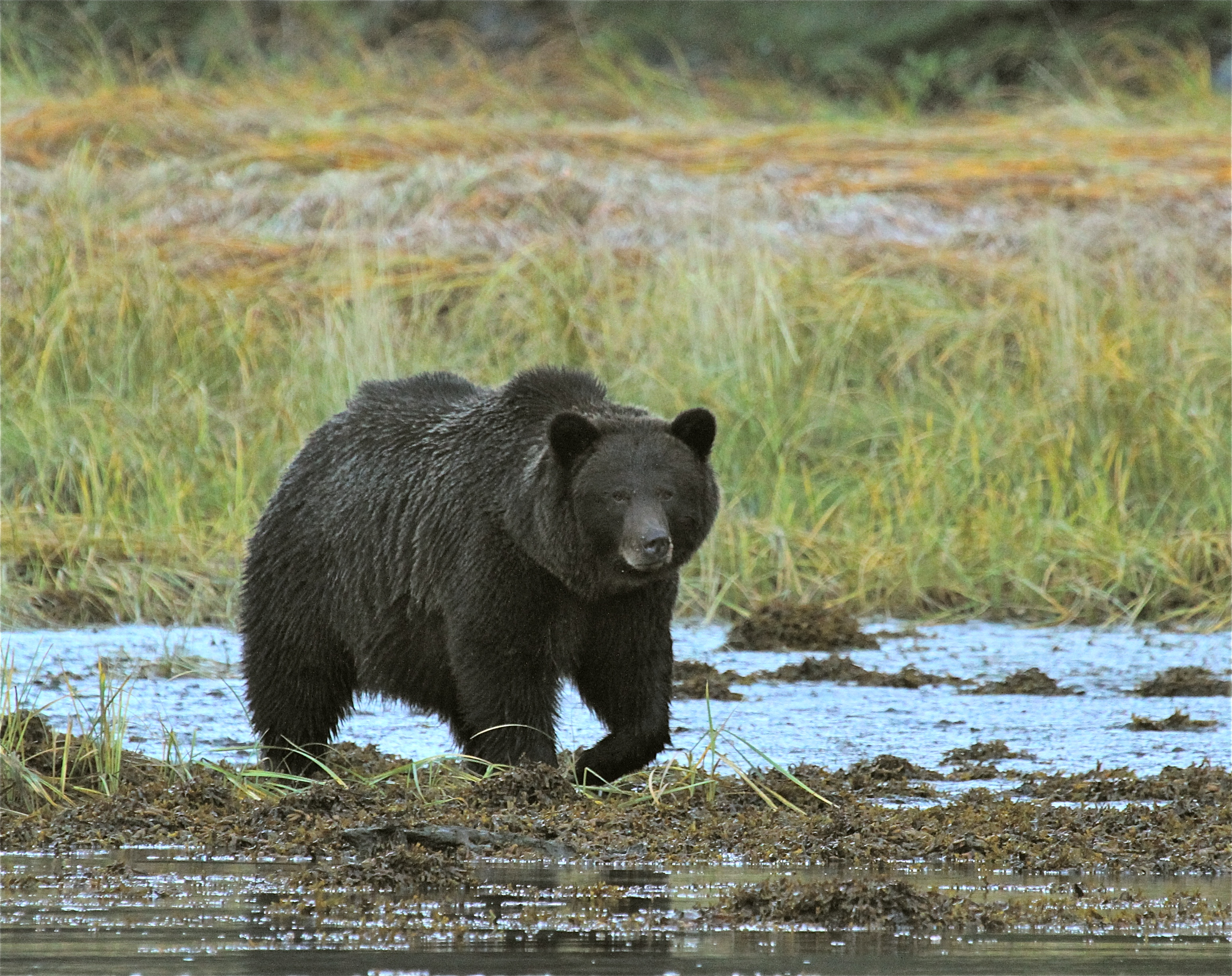
Photo credit: www.oceanadventures.bc.ca
Public opinion does not subscribe to this view. According to Insights West poll, 91 percent of residents of British Columbia oppose hunting animals for sport. Canadians are not alone in their repudiation of the barbaric practice. Sixty-four percent of U.S. voters polled told the Humane Society of the United States that they oppose trophy hunting in the United States. There is, thus, growing evidence that suggests that people from all walks of life — including a substantial number of hunters — are becoming more empathetic toward wildlife and increasingly determined to question conservation practices they view as morally problematic. Trophy hunting is one of the most striking examples of these practices.
In large part, our opposition to killing grizzlies for securing the trophy and then justifying this slaughter with the notion of scientific wildlife management stems from our willingness to give grizzlies the dignity and compassion they rightly deserve. Many of us had a chance to see grizzlies during wilderness adventures. For some, encountering a bear is a spiritual experience that makes one speechless and filled with a sense of privilege. It transports us for a moment to another world, the grizzly world. This is one of these occurrences when we are thankful for our own existence and that of the wildlife that surrounds us. When encountering grizzlies in their natural habitat, we can recognize them as individuals that, like every person, are different from one another, endowed with their own history and determined to pursue their own destiny. Hentry Beston in his book The Outermost House beautifully writes about animals and, thus, grizzly bears. They “are not brethren, they are not underlings; they are other nations, caught with ourselves in the net of life and time, fellow prisoners of the splendor and travail of the earth.” And the more we learn about their nature and the complexity of their emotions, the more morally obliged we become to learn how to respect and co-exist with them.
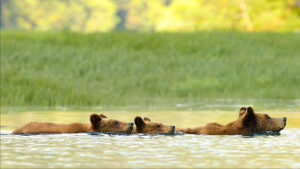
Photo credit: www.oceanadventures.bc.ca
This is precisely how public policies that are morally salient are settled in our society. Therefore, using scientific data as an overriding argument to marginalize or brush aside the ethical opposition to the grizzly trophy hunt is not only wrong but also historically inconsistent. It can even lead to absurdity. For instance, GOABC states that “value-based decisions are subjective… there will always be the question of whose values are “right”, and whose values are most important.”
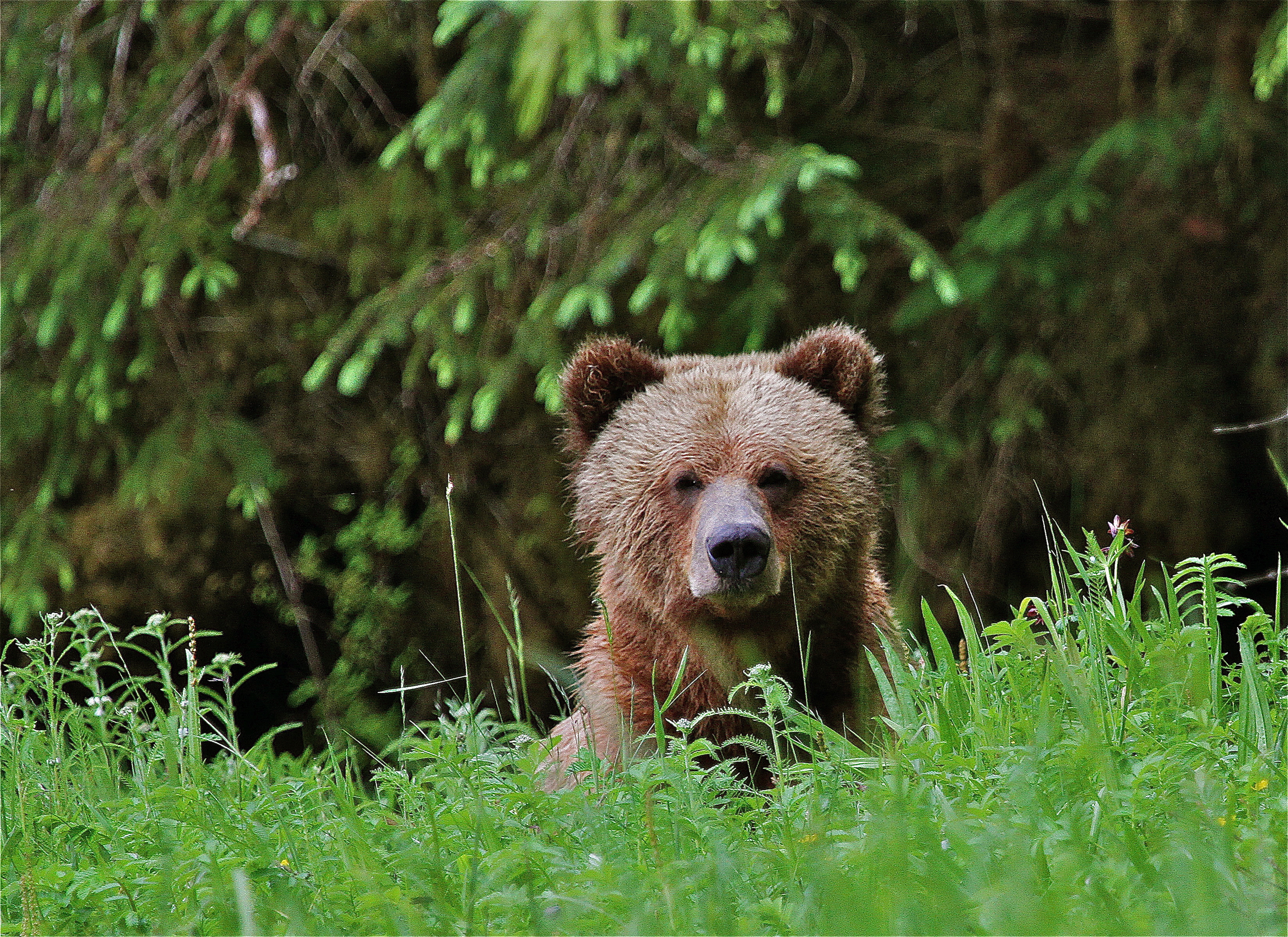
Photo credit: www.oceanadventures.bc.ca
However, if moral or ethical values are, indeed, not binding, as GOABC implies, then the notions of right and wrong are of no societal consequence. Crimes go unpunished and the innocent are not protected. Is this what we want? Is this a thought-out justification for grizzly trophy hunting? Surely, it cannot be. In the real world, we use agreed upon ethical principles as a code of action to make sense of the reality that surrounds us. In other words, ethics is our guide to living and it determines what actions we should take and what we should refrain from, with ‘right versus wrong’ being an essential distinction. It is a mirror of cultural and social changes society is undergoing as the result of the commonality of individual experiences and expanding knowledge about the world we live in.
Moreover, contrary to what GOABC or other proponents of moral relativism state, ethical judgments are not purely subjective. Nor is ethics solely a reflection of our instinctual responses, be it repugnance or joy. Even though emotions such as anger, sadness, or empathy underpin our moral values, these values are additionally shaped through deliberate processes of learning and reflection. These are indispensable processes that take place on both an individual and a societal level. And when the society-level learning and reflection reach a point of an overwhelming public agreement, an ethical code emerges that guides our social, cultural, and environmental policies. It is at this stage that GOABC’s relativistic deliberation on “whose values are “right”, and “whose values are most important” becomes settled by the public consensus.
In regards to the grizzly trophy hunt, the public consensus has already reached this stage. As it now stands, the dominant — and, therefore, politically binding — ethical standpoint rejects grizzly trophy hunting. Consequently, it is high time to acknowledge this ethical judgement in formulating conservation policies that are not only truly humane but also reflect the majority’s deeply-felt convictions.
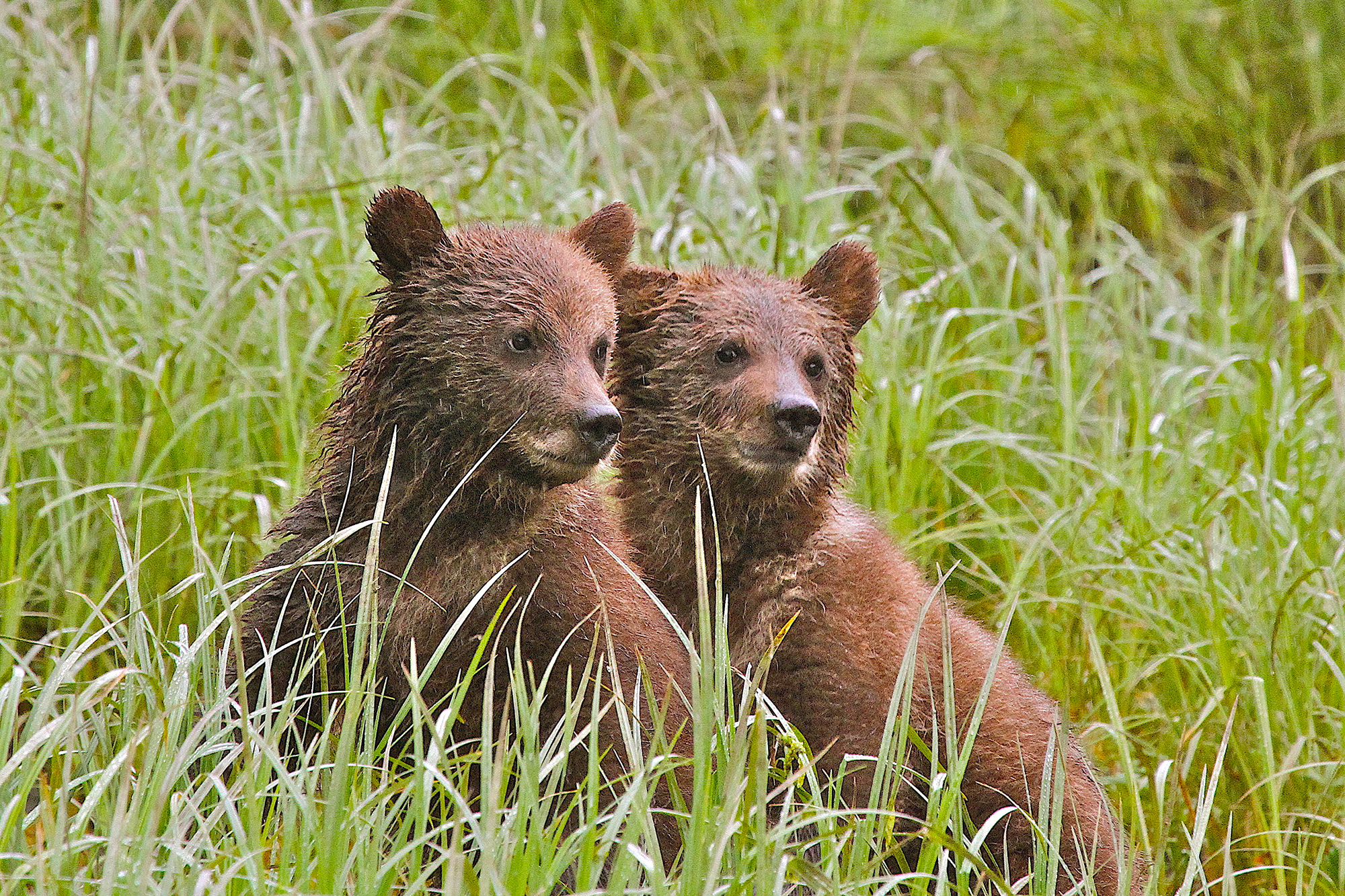
Photo credit: www.oceanadventures.bc.ca
Not only should we let empathy and compassion be awakened within us, but we should actively stand up for what we know is right. It is precisely this disparity between our expressed beliefs and the readiness to act on these beliefs by putting pressure on the B.C. government that makes it possible for the barbaric practice of grizzly trophy hunting to remain legal in the province. But it doesn’t have to be this way. Indeed, the overwhelming public opposition to killing grizzlies for so-called ‘sport’ affirms that it cannot be this way.
The choice is ours. We must look into the grizzlies’ eyes, listen to what they tell us, and become a unified voice against unjustified violence and brutalization. Grizzlies deserve to live, love, feel, or just be. We need to accept these magnificent beings as a wondrous part of the planet we all call home. Our conservation efforts should no longer be drenched in moral ambiguity, and to ensure this, we cannot let our wishes remain unheard. The ethical consensus has been reached. Rifles need to be lowered, so the majestic grizzly can once again freely roam mountain slopes in fulfilment of his own destiny.
The article originally published on Nov 29, 2016
Note: This article was written and originally published prior to the grizzly bear trophy hunting ban in 2017. The ban is still in place, but its future remains precarious. As with all other wildlife challenges, the fate of grizzlies depends on vagaries of politics and pressures from interest groups. That is why arguments and issues presented in this article have not lost their relevance. The struggle goes on.
